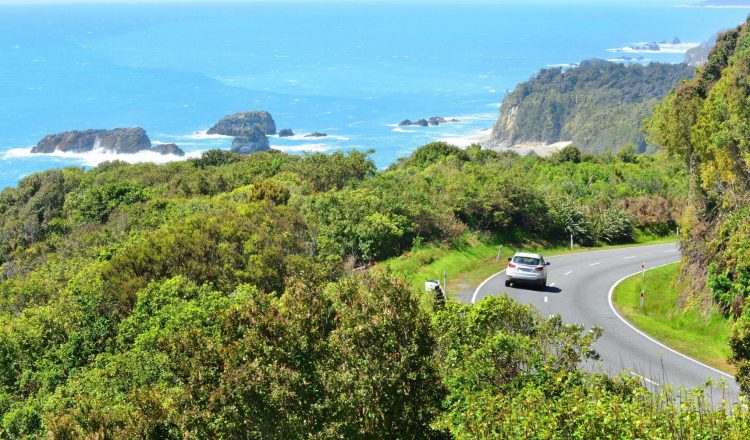고령 운전자
고령 운전자는 안전한 차량 통제와 연관되는 시력, 반응 속도, 유연성의 변화 등에 영향을 받을 수 있습니다.
안전 도로 시스템이란 운전에 능숙하고, 자신이 있으며, 맑은 정신의 비음주 운전자들이 안전한 도로 위 안전한 차량에서 안전한 속도로, 예측 가능하며 다른 운전자의 실수에 잘 대처하는 주행입니다. 더 이상 이렇게 운전할 수 없는 때가 오면 운전대를 놓아야 하지만 여전히 이동성과 독립성을 유지할 수 있어야 합니다.
운전자는 75세, 80세에 운전면허증을 갱신해야 하며 그 이후로는 2년마다 갱신해야 합니다.
- 새 면허는 2~5년 동안 유효합니다
- 면허를 자주 갱신해야 하므로 갱신 수수료가 낮습니다
- 신청할 때마다 진단서를 제출해야 합니다
- 의사의 소견에 따라 30분 동안 도로 안전 테스트를 받아야 합니다.
진단서 받기
75번째 생일이 지난 후 면허증을 갱신하려면 의사에게 찾아가 운전 면허증 진단서를 받아야 합니다.
의사에게 그 증명서가 운전면허증용이라고 알려주세요. 예약 비용은 자부담입니다.
그동안 담당 의사는 운전자의 현재 건강 상태를 점검하고 시력을 체크합니다. 그 다음 의료진은 다음과 같은 소견을 내놓습니다.
- 의학적으로 운전 가능 여부
- 주행 조건(예: 교정 렌즈, 하루 중 시간 제한, 거리 제한)에 적합한지 여부
- 도로 안전 테스트를 받을 때 의학적으로 적합한지 여부
- 다른 전문가에게 의뢰할 것인지(예: 검안사, 작업 치료사, 운전 심사원 – 담당 의사가 결과를 알려줌)를 추천
- 운전하기에 적합하지 않은지 여부- 담당 의사는 뉴질랜드 교통부(NZ Transport Agency)에 통보하며, 75세 생일에 면허증 만료
의사가 귀하가 의료적으로 운전하기에 적합하다고 판단할 경우, 면허증 진단서를 발급해 드립니다.

















































